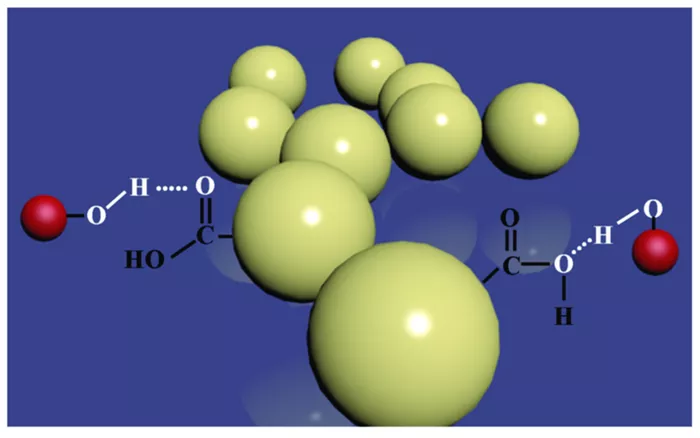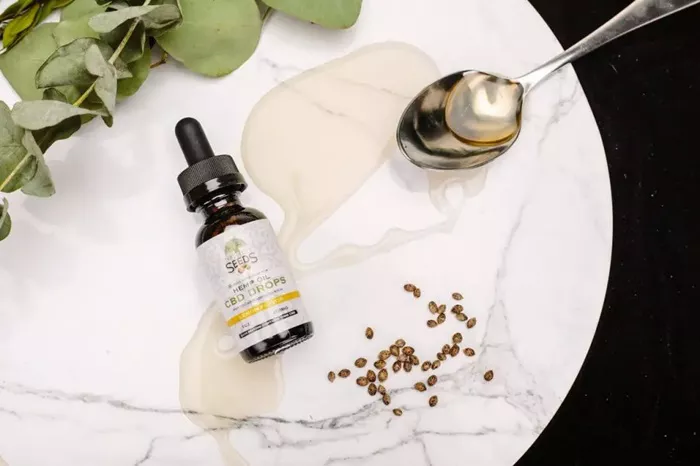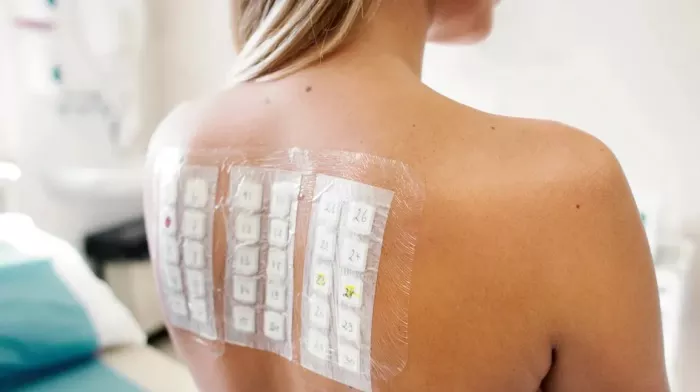Pores are small openings on the surface of the skin that serve an essential function: allowing sweat and sebum to exit the body. Though tiny in size, these pores are at the center of much frustration for people struggling with clogged skin, blackheads, acne, or oily patches. As a result, pore cleansers have become a booming segment of the skincare industry. But what exactly is a pore cleanser? Can it truly transform your skin’s appearance and texture? Or is it just another overhyped trend? In this article, we explore the facts, function, and effectiveness of pore cleansers to uncover whether they are the skincare secret you’ve been missing.
The modern beauty landscape is flooded with promises—products claiming to erase imperfections, purify skin, and shrink pores instantly. Amid this crowded market, pore cleansers hold a special place due to their direct connection with cleanliness and visible skin clarity. For those dealing with dull skin, uneven tone, or chronic blackheads, these products often promise a solution. But real transformation starts with understanding how they work, what types are available, and whether they are suited to your specific skin needs. This detailed guide will provide the insight you need to make an informed decision about incorporating a pore cleanser into your routine.
What Is a Pore Cleanser?
A pore cleanser is a skincare product or device designed to remove impurities from within the pores. These impurities may include sebum, dirt, dead skin cells, pollutants, and residual makeup. When these substances accumulate, they can clog pores and contribute to the development of blackheads, whiteheads, or acne.
There are two primary types of pore cleansers: topical formulations and mechanical devices. Topical cleansers typically come in the form of gels, foams, creams, or masks that are applied to the skin and rinsed off. These may include active ingredients such as salicylic acid, charcoal, or clay that work by dissolving oils and lifting debris. Mechanical pore cleansers, on the other hand, use suction or vibration to physically draw out impurities. These devices often resemble small handheld tools with vacuum-like heads and are marketed as a high-tech solution for deep cleaning the skin.
Both methods aim to clear the pores and improve skin texture. However, their effectiveness can vary depending on factors such as skin type, product quality, and usage technique. Understanding what kind of pore cleanser is best suited for you begins with knowing your skin’s condition and sensitivity.
How Do Pore Cleansers Work?
Topical pore cleansers work through chemical and physical mechanisms. Ingredients like salicylic acid are known as beta hydroxy acids (BHAs), which are oil-soluble and penetrate deeply into the pores. Once inside, they break down the bond between dead skin cells and excess sebum, helping to dislodge the clog. Clay and charcoal masks operate differently: they absorb oil and attract dirt like a magnet, pulling impurities to the surface where they can be rinsed away.
Mechanical devices work by creating a gentle vacuum on the skin’s surface. When the device is moved across the face, it creates suction that lifts out blackheads and oil plugs. Some also vibrate to stimulate circulation and enhance product absorption. However, these devices must be used with caution, as overuse or improper technique can lead to bruising, broken capillaries, or irritation.
In both cases, pore cleansers aim to reduce the buildup of debris inside the pores. By maintaining clear pores, the skin can breathe better, look more even, and absorb skincare products more effectively. Regular use can also reduce the frequency of breakouts, though it should never replace a full skincare regimen that includes cleansing, exfoliating, moisturizing, and protecting.
Are Pore Cleansers Suitable for All Skin Types?
Pore cleansers are generally suitable for most skin types, but not every formula or device is appropriate for everyone. Oily and acne-prone skin types tend to benefit the most, as excess sebum often leads to clogged pores. For these individuals, ingredients like salicylic acid, niacinamide, and charcoal can help regulate oil production and maintain pore clarity.
Those with sensitive or dry skin need to proceed with caution. Some pore cleansers, especially those containing alcohol or strong acids, can strip the skin of moisture and compromise its barrier function. This can lead to redness, flaking, or heightened sensitivity. In such cases, milder alternatives such as enzyme-based exfoliants or hydrating clay masks are more appropriate.
Normal or combination skin types have the flexibility to experiment with different options. A balanced approach, such as using a pore cleanser once or twice a week, is often sufficient to maintain clean pores without overstimulating the skin. It’s always advisable to do a patch test before incorporating a new product, especially if it contains potent active ingredients.
What Are the Benefits of Using a Pore Cleanser?
The most immediate benefit of using a pore cleanser is visibly clearer skin. When the pores are clean, the skin surface looks smoother and more refined. Over time, this can lead to a noticeable reduction in blackheads, acne, and oily shine. Many users also report a brightened complexion and improved skin tone, as the removal of debris allows fresh skin to emerge.
Another advantage is enhanced effectiveness of other skincare products. Clogged pores act like a barrier, preventing serums, moisturizers, and treatments from penetrating deeply. By clearing the path, pore cleansers make it easier for these products to do their job. This can lead to better hydration, reduced signs of aging, and overall improved skin health.
Using a pore cleanser regularly can also foster a sense of self-care and discipline. Skincare is not just about appearance but also about creating rituals that support mental well-being. The act of taking time to cleanse and care for your skin can have emotional benefits, providing a sense of control and confidence.
Are There Risks or Side Effects?
While pore cleansers can be beneficial, there are risks associated with misuse. Over-exfoliating the skin or using suction devices too frequently can damage the skin barrier, leading to inflammation and increased sensitivity. In some cases, aggressive pore cleaning can trigger more breakouts or worsen existing conditions.
Another potential downside is dependency. Some individuals may overuse pore strips or vacuum tools, thinking that daily cleaning will result in flawless skin. This can backfire, especially if the skin becomes inflamed or injured. It’s important to remember that pores are a natural and necessary part of the skin’s anatomy—they cannot be permanently eliminated or “shrunk” through cleaning alone.
To avoid these issues, it’s essential to follow product instructions carefully, limit the use of pore-cleansing treatments to a few times a week, and always moisturize afterward to restore the skin barrier. Consulting with a dermatologist is recommended if you have underlying skin conditions such as rosacea, eczema, or cystic acne.
How to Choose the Right Pore Cleanser
Selecting the right pore cleanser depends on your skin’s unique needs and your skincare goals. If you are prone to blackheads or acne, look for products containing BHAs, AHAs, or charcoal. Those with sensitive skin may benefit from enzyme-based or fragrance-free options that are less likely to cause irritation.
For mechanical tools, consider the suction strength, head size, and adjustability. Entry-level devices often come with interchangeable heads designed for different areas of the face. Choose a reputable brand that provides safety guidelines and preferably consult a skincare professional before use.
It’s also helpful to read reviews, research ingredients, and evaluate your budget. Expensive doesn’t always mean better, and many affordable products can deliver excellent results when used correctly. The most important factor is consistency—no pore cleanser will work overnight, but with regular use, you can achieve noticeable improvements.
Should You Include a Pore Cleanser in Your Routine?
Integrating a pore cleanser into your routine depends on your current skincare habits and the concerns you wish to address. If you struggle with clogged pores, frequent breakouts, or dullness, adding a pore cleanser once or twice a week may make a significant difference. However, it should not replace your everyday cleanser or exfoliator.
Instead, think of it as a supplementary treatment, like a mask or serum, that you use to boost your routine. Pairing it with other steps such as gentle cleansing, hydrating serums, and SPF during the day can lead to long-term skin improvement. Keep in mind that even the best pore cleanser cannot substitute for a healthy lifestyle. Diet, sleep, hydration, and stress management also influence how your skin behaves.
Consistency, patience, and realistic expectations are key. Your pores will not disappear, but they can look clearer, tighter, and less noticeable with proper care. Combining good skincare practices with a pore cleanser suited to your skin type offers the best chance for a radiant and healthy complexion.
What Results Can You Expect?
Results from using a pore cleanser vary depending on the product, frequency of use, and individual skin type. Some people see improvements within a few uses—blackheads become less noticeable, and the skin feels smoother. Others may need several weeks of regular use to see consistent benefits.
Long-term users often report fewer breakouts, a more even skin tone, and better absorption of skincare products. In some cases, individuals notice that their pores appear smaller—not because they have physically shrunk, but because they are no longer stretched out by accumulated debris. Clean pores tend to reflect light more evenly, giving the skin a more polished look.
As with any skincare product, there may be an initial adjustment period. Some users experience purging, where the skin temporarily breaks out as impurities come to the surface. This is generally short-lived and should subside with continued use. However, if irritation or adverse reactions occur, it’s wise to discontinue use and consult a professional.
Final Thoughts
Pore cleansers are not a miracle cure, but they can be a valuable tool in achieving and maintaining clear, healthy skin. When chosen carefully and used properly, they offer a targeted way to remove impurities, prevent breakouts, and enhance the overall effectiveness of your skincare routine.
Rather than viewing them as a quick fix, approach pore cleansers as part of a broader strategy that includes thoughtful product selection, consistency, and attention to your skin’s signals. With the right expectations and habits, a pore cleanser can indeed help transform your skin—not overnight, but steadily, with visible and lasting results.
Related Topics































